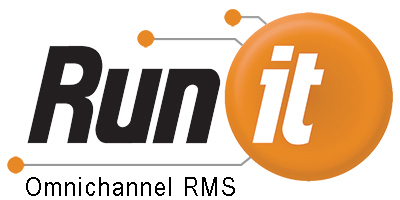Specialty retailers are tasked with managing all aspects of running a store, including tracking SKUs, managing employees across multiple locations, handling vendors and staying on top of trends all while building a loyal customer base. It’s no wonder retailers are turning to their Point of Sale (POS) software to do more.
Integrating POS software with eCommerce, accounting, purchase order management tools, as well as overall inventory control, does more than simply boost efficiency. With POS integration, specialty retailers can also add new functionality and modernize their existing systems while improving customer experience as well. So what are the top 4, must-have integrations every speciality retailer should have?
eCommerce Integration
eCommerce is becoming increasingly pivotal with U.S. shoppers expected to spend $327 billion in 2016, up 45% from 2015, according to a Euro IT report.
Bringing together eCommerce with the brick and mortar store can mean processing thousands of sales transactions securely and without duplication of efforts. An integrated system will maintain and adjust inventory both in the physical store and online. With POS integration, too, a retailer can better track customer activity online and in-store to develop a comprehensive loyalty program approach.
Merchants will want to look for a POS system that offers seamless integration with third-party eCommerce software. Many specialty retailers use software such as SPS Commerce, Magento, Shopify, BigCommerce and WooCommerce and will want to ensure their POS system can integrate with their existing eCommerce system to track all inventory and sales.
Accounting Tools
Efficiency is important, of course, but so is accuracy when it comes to accounting. Integrating a quality POS software with the retail accounting and bookkeeping tasks isn’t always a top of mind POS integration for retailers, however it allows merchants to see changes made in online ledgers and saved securely in the cloud. With the National Small Business Association citing that accounting tasks can add up to two to there weeks of full-time work per year, an integrated system can help store owners cut down on time consuming tasks. Additionally, it can improve tracking and more easily generate reports by sharing vendor and customer information, sales tax collection, general ledger account balances and other data through POS integration.
Purchase Order Management
Integrating purchase ordering with the POS software can give retailers an immediate picture of inventory, reflecting when goods are on their way and when they should arrive. This is the kind of business intelligence that helps with addressing customer requests and can drive promotion and marketing opportunities.
Inventory Control
Integrated POS software can greatly simplify inventory control. With inventory, return, receiving and warehouse management all in one easy-to-access dashboard, retailers can better control and transfer product stock. Inventory management is easier whether you have 700 sneaker SKUs or 7,000 lotion bottle barcodes to scan. POS integration can enable product sync across all of your channels, effortless stock-takes and supplier returns and product cataloging along with the ability to customize reports easily.
POS integration is a ticket to innovating retail processes. Today’s retailer “must leverage all of their information assets to gain a complete understanding of their markets, customers, products, competitors, workforces and more,” according to the 2015 CDW study Driving Retail Success with Technology.
Retail management software with integrated features all in one place will also add to the retailer’s business intelligence addressing shopper experiences, marketing and customer loyalty and more. With 89 percent of executives believing that customer experience will be their primary mode of competition by the end of 2016, according to Euro IT, it’s clear that using technology to become more customer centric is key.






